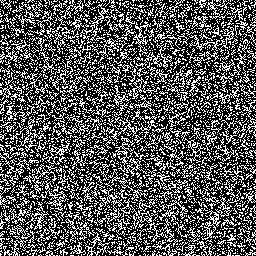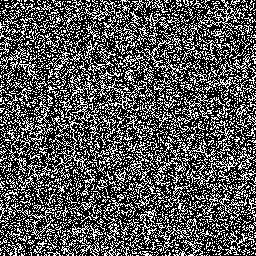Test Results
Serial Test
The serial test measures correlation between adjacent elements in a random number sequence. We multiply the double precision random numbers by d and truncate to get an integer in [0,d). We consider n subsequences of 2 random numbers each. There are d2 possible subsequences, and each should be equally likely if the distribution were truly uniform. If we interleave two streams with adjacent elements of the sequence coming from the same stream, then again, each subsequence will be equally likely if the individual streams are uniform and the corresponding elements of each stream are uncorrelated. The Chisquare test can then be applied to these sequences to determine the likelihood of the sequence coming from a uniform distribution.We tested a set of 100 streams individually, without interleaving. We considered 105 pairs of adjacent random integers in [0,100). We then interleaved 100 pairs of these streams and performed this test again. In both the cases, acceptable values of the Chisquare distribution were obtained. We plan to conduct larger tests later.
We illustrate the results of the test qualitatively below. We consider a million random integers in [0,256) from two streams. Then we form pairs from corresponding elements of each stream. There are 2562 such possible values for these pairs. We determine the frequencies of each possible pair. We then subtract the expected frequency and scale the result to a value in [0,256). In the plot below, these scaled values are treated as the pixel intensities. The horizontal axis represents the values from the first stream and the vertical axis those from the second stream.
 |
 |
| 48 bit Linear Congruential Generator with prime addend | Modified Lagged Fibonacci Generator |
If any patterns could be observed in the figures above, then this would indicate correlations between corresponding elements of the two streams.
![[Quick
Start]](qs.gif)
![[User's
Guide]](us.gif)
![[Reference
Manual]](ref.gif)
![[Quick
Reference]](qr.gif)
![[Next:
Test Suite]](next.gif)